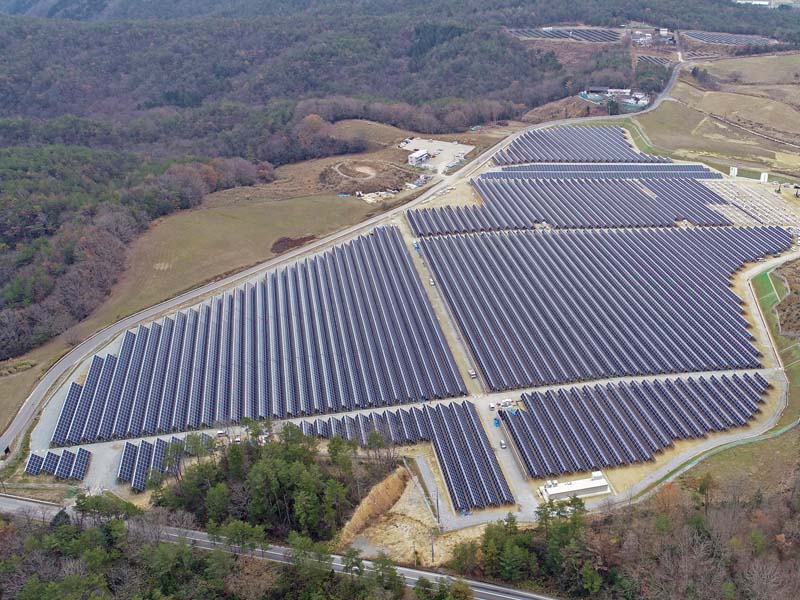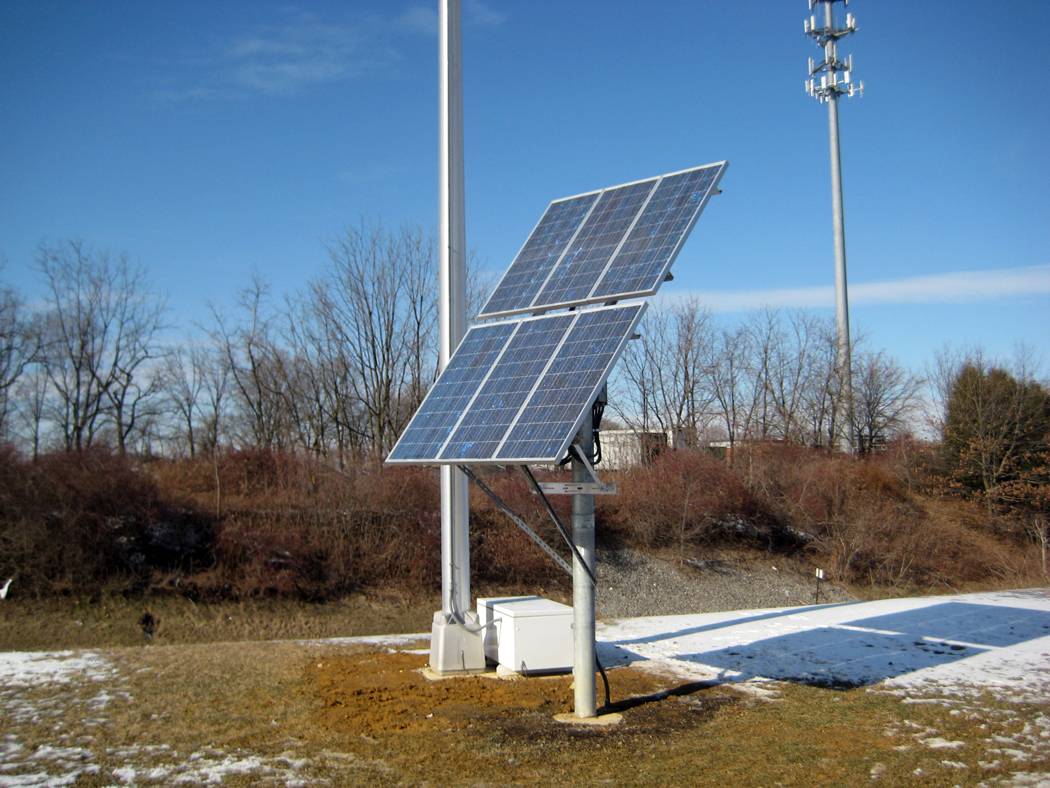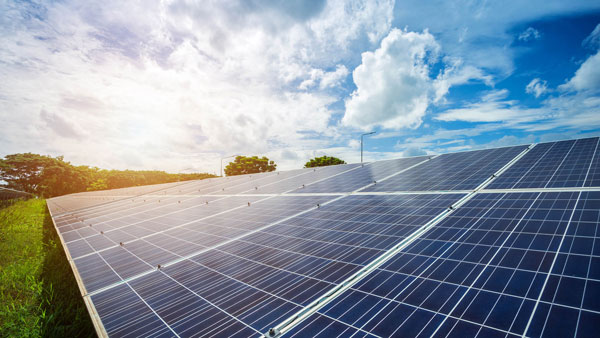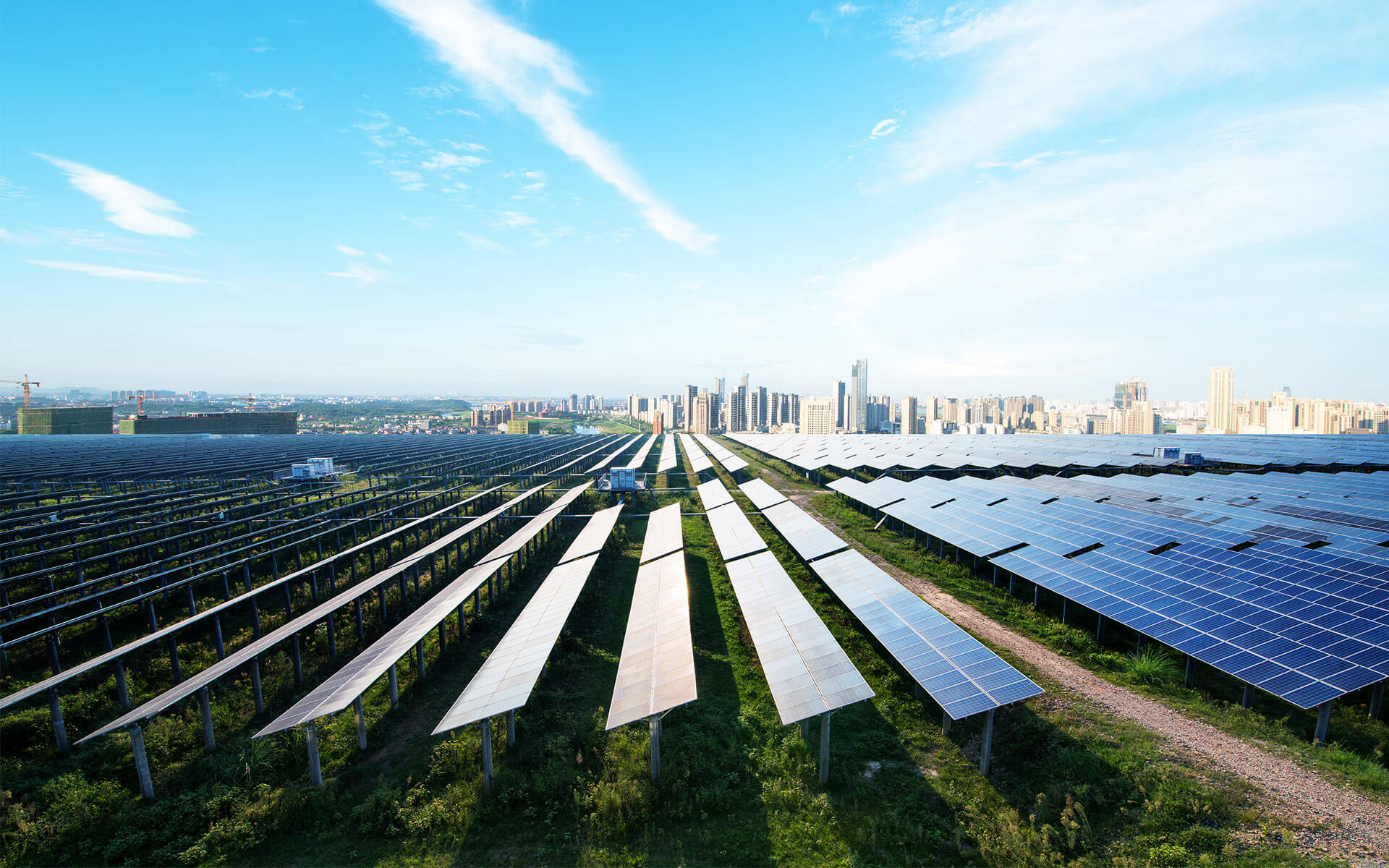Energy Needs Analysis and Planning
A business park has its own specific energy demands, and to create a bespoke solar system it is important to understand these unique energy requirements. You must perform a thorough audit of your current energy-usage patterns. This includes historical energy usage data, peak load times, and future growth prediction. A business park with many tech firms may have a heavy energy load, as servers operate here.
Assess the park physical format
Considerations like rooftop space, ground area availability, and sun exposure needed. This evaluation helps to identify whether it is possible to place your rooftop for solar panels or makes you to go with ground-mounted solar farms. One example is the Google campus in Mountain View, with a total of 1.6 million square feet using a mixed rooftop and ground panel config to generate the juice required onsite.
A detailed energy production and consumption model should be established
This model needs to factor in things such as the angle of the sun in different seasons, the amount of sunlight that may be blocked by obstructions on the roof, etc. Use software to model possible scenarios and estimate solar energy output. Solar power will be feeding energy into the park, and the park's existing energy usage is expected to be matched or exceeded, leading eventually to operations that are net-zero or beyond, with power potentially broken towards the negative side of the ledger and sent back out to the local grid.
Solar should be integrated in power plant with existing generation of electricity. Crucially, this requires to account for energy storage infrastructure (batteries) to cover power production in the non-sunny hours or at peaking demand. The park itself could become a smart grid or at least have elements incorporated into it, to help better distribute out energy and improve efficiency.

Designing A Custom Solar Array Layout
Model the solar array virtually on the available spaces at the business park using advanced software. If you are using a simulation tool to estimate solar gain, then parameters such as the angle of sunlight over the course of the year, any obstructions like adjacent buildings or trees, and the more general weather patterns that can affect solar gain should be taken into account.
In one project, done on a business park in San Diego, Calif., the designers plotted all of the sunlight data from a variety of years and found that panels optimally slanted at 25 degrees would catch the most sun year-around. Using this data, they created an array layout that could increase energy production by as much as 20% .
Over a flat layout
Integrate energy efficiency criteria and sustainability targets during the design phase Determine the Kilowatt-hours (kWh) produced by every panel and scale it by the array size to satisfy the energy requirements of the park. If the business park is consuming 1,000,000 kWh per year, the designed system might be sized to generate 1,200,000 kWh so that inefficiencies and future growth are taken into account.
Use modern technological tools available to maximize the solar panel layout. Drones can be deployed, generating a 3D map will be beneficial and also understand the best siting location so sun radiation isn't obstructed, physically.
In addition to the efficient energy level exploitation, effective design should also solve the acquired aesthetic Nd practical dimensions. For example, ensuring panels are arranged in attractive patterns can improve the facility's architectural appeal, which might increase property value or stakeholder contentment.
Selecting The Right Type Of Solar Panel
Selection of the right solar panel type is key in the develop of Business Park Solar installations to ensure equipment best suited to the location for maximum efficiency and return on investment. This decision is more of a project-based thing because it is closely related to the specific energy needs that are associated with the project, and the space available, and how big the budget can afford to be.
Monocrystalline, polycrystalline, and thin-film solar panels have unique benefits and drawbacks
The high performance and sleek appearance of monocrystalline panels make them suited for business parks lacking a large land area. They typically run at an efficiency of 15-20%. One of the best instances is a major tech firm rooted in Silicon Valley that had their head office utilize monocrystalline panels because they were more efficient and needed to maximize production on a confined roof space. In contrast, it was determined that this selection would increase energy generation by 30%.
Compared to the alternatives that had been shortlisted
This is a budget and energy-efficient solution with slightly lower efficiency, usually ranging from 13-16% for polycrystalline panels. These are best for any open area that allows weak panel efficiency but is price. An Arizona industrial complex deployed them on its many miles of rooftop to save 25% off the overall project price, and still get all the energy it needed.
The thin-film panels can be utilized with more flexibility and a lower profile (they are less rigid and can be more easily mounted to surfaces) and are lower-efficiency, around 10-13%. But this has made it possible to apply it to surfaces where traditional panels are not suitable. Being an off-the-wall roof structure, a curved commercial building in Chicago had no problem taking advantage of their non-traditional roofing for thin-film solar.
The environmental concerns and durability of panels are additional factors to take into consideration. Monocrystalline and polycrystalline panels tend to be more durable and have longer warranties, an important consideration for sustainability commitments that are intended to be long-term.
Integration With Existing Energy Systems
Integration with the existing energy grid is almost a given to ensure load balancing is optimized and that power is reliable across the business park, both from the solar energy and existing energy sources. In many cases this involves strategically-positioned inverters, smart metering technology and adaption of current electrical infrastructure to support dual energy sources.
Begin by analysing electrical infrastructure in detail. One business park in Atlanta integrated solar by retrofitting its older electrical panels and transformers to be able to handle the extra load and variable nature of solar power. It was all-important to obscure that the combination took position devoid of spoilsport as far as the workflow is utilized, and to safeguard that accessible operations did not knowledge any disruption the buildup was indispensable.
Use smart grid technology for more efficient energy management. With assistance provided by smart grids, monitoring real time and adjusting energy consumption automatically, the produced solar panel energy will be efficiently utilized. In Seattle, we visited a commercial complex equipped with a smart grid enabled to alternate between solar power and electricity from the city grid as needed, according to real-time energy consumption and production information.
Include energy storage solutions to make the best use of generated solar power. No time has more power to spare using batteries or other storage technologies would stabilize the power supply and also limit the dependency on main grid during peak hours as well as offer back-up power in case of blackouts. One example of note is out in a tech park in California, which earns SolarCity credits with a load shifting system that uses Tesla Powerwalls to squirrel away solar energy to use during peak demand periods or at night.
You have to guarantee that all electric system components meet local regulations and power company requirements. That includes getting required permits, passing inspections, reaching agreements for net metering to sell back surplus power to the grid, etc. Such legal and administrative diligence enables not just effective but also legally compliant and economically viable integration.

Monitoring and Management Tools
A highly effective monitoring and management infrastructure are essential for the proper functioning of a solar energy system in a business park. They offer a deeper level of operational and predictive analytics that help maximize performance and maintenance for fleet vehicles.
Solar Monitoring Systems
Use solar monitoring systems to monitor their energy supply and demand in real-time. One example is a business park in New Jersey, where an in-depth monitoring system shows the performance data of every solar panel array. This is so maintenance can be alerted to smaller issues like decreased efficiency or issues with individual panels. By solving these issues in a timely manner, the park ensures standard levels of energy production.
Use predictive maintenance software to predict system breakdowns and mitigate them. By using historical data in conjunction with machine learning algorithms, this technology can anticipate when a component will fail or need to be serviced. Take the example of the small predictive maintenance analytics at a tech hub in Texas, it saved over 40% downtime which could have easily meant continuous energy going down and consequent reparation cost.
Utilize energy management software to match the solar production with energy usage requirements. These platforms are able to automate this energy distribution throughout the park and, when given the option, they actually use renewable solar vs grid energy (a little over 100 ft away) as a first priority. In California, an energy efficiency project in a corporate complex uses energy management software that enables the shifting between stored solar energy and grid energy, depending on the time of use, which results to significant energy cost reduction.
It is imperative to have the tools combined and tracked from a single pane of glass reachability by the facility owners. This union provides a systemic perspective on the energy profile of the park, enabling managers to make informed decisions regarding energy use, savings; as well as their environmental implications.





